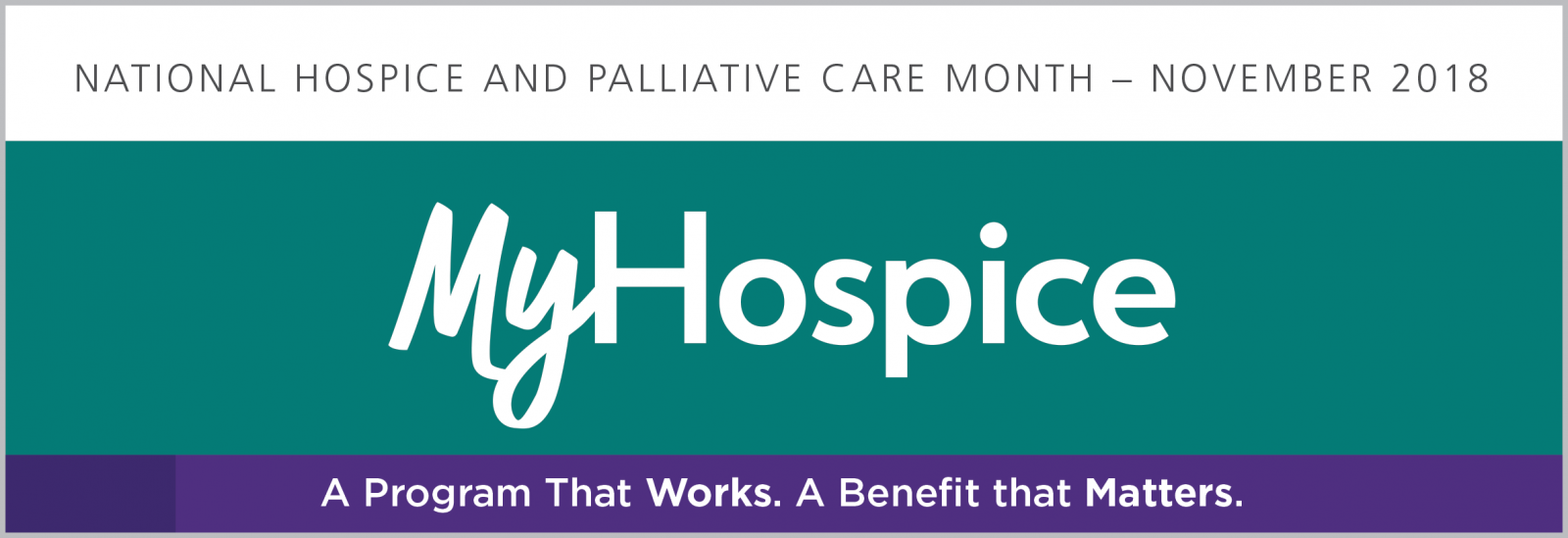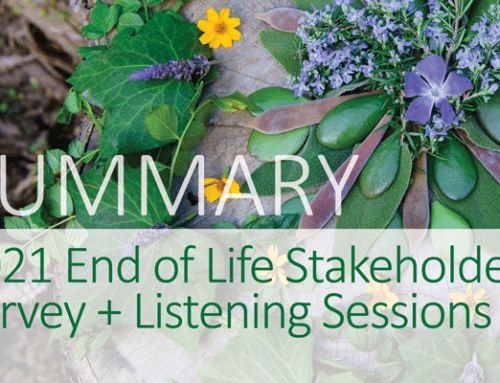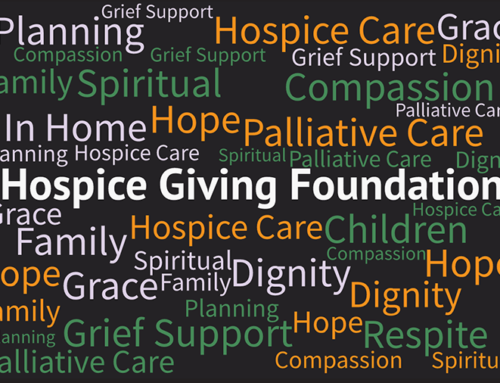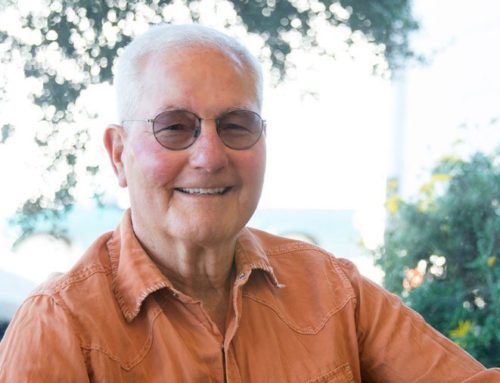
National Hospice and Palliative Care Month is celebrated every November across the nation to increase public awareness about the benefits of hospice and palliative care. This year’s theme is My Hospice. A Program that Works. A Benefit that Matters.
What began as primarily a volunteer-driven, grassroots movement in the 1970’s, hospice is now an integrated part of our nation’s health care delivery system providing care to more than 1.43 million Medicare beneficiaries and their families every year.
A Medicare benefit since 1982, hospice focuses on providing comfort, relieving pain and offering support to patients and their family caregivers, and provides bereavement services to people following the death of a loved one.
Hospice Care in America:
- 48 percent of Medicare decedents were enrolled in hospice at the time of death (in 2016).
- Median length of service was 24 days.
- 5 percent of patients received care for 90 days or less, while those receiving care for more than 180 days accounted for 13.6 percent.
- Cancer was the most common principle diagnosis, accounting for 27.2 percent of patients; increasing among the patient populations is a diagnosis of Alzheimer’s or dementia which accounts for 18 percent.
- 98 percent of care was provided at the Routine Home Care level.
- Nearly 30 percent of Medicare beneficiaries receive hospice care for seven days or less, a period considered too short to take full advantage of the many services the hospice interdisciplinary team offers.
“One of the most common regrets we hear from hospice patients and their families is they delayed the decision to choose hospice care. This underscores the need for advance care planning and education on options when approaching end of life,” says Siobhan Greene, President and CEO of Hospice Giving Foundation.
Palliative care is specialized medical care for people with serious illnesses. It focuses on providing patients with relief from the symptoms, pain and stress of a serious illness, whatever the diagnosis. A patient may receive life-prolonging therapy while under palliative care. The goal is to improve quality of life for both the patient and the family. Palliative care patients can transition to hospice after receiving a diagnosis of six-month or less life expectancy.
To learn more about hospice, palliative care, and advance care planning visit HGF’s Resources Page.































